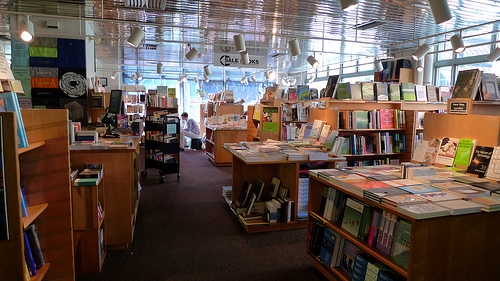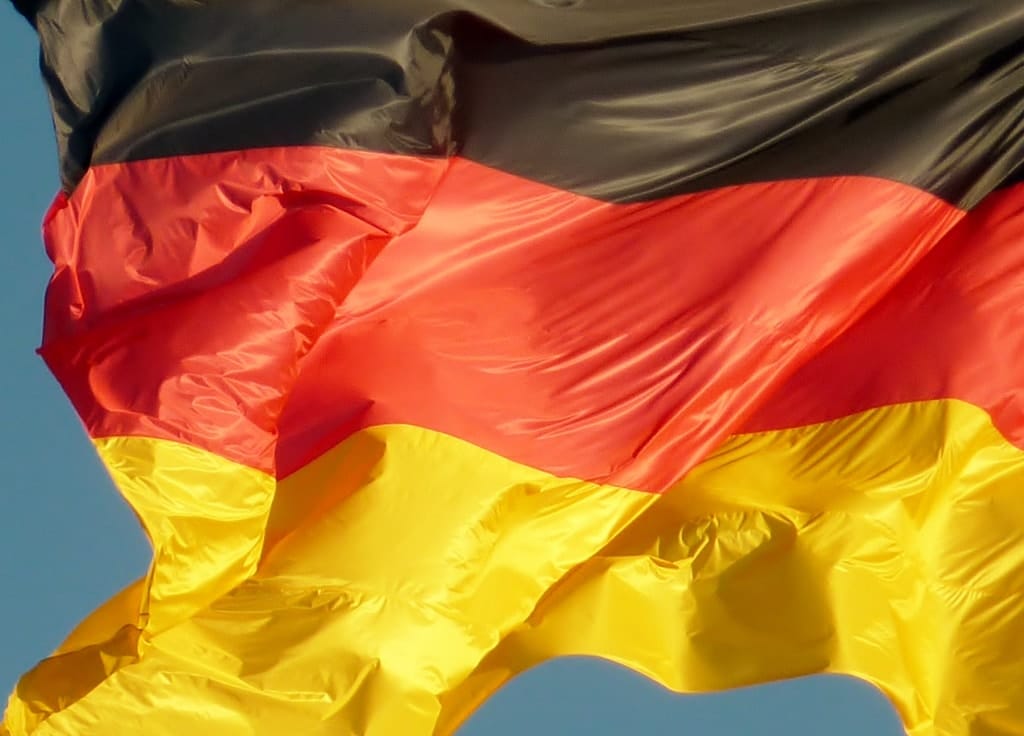Piracy is Just as Much an Unknown with Apps as it is With eBooks
![monument-valley[1]](https://the-digital-reader.com/wp-content/uploads/2015/01/monument-valley1-250x188.jpg) Book piracy has always been hard to quantify, but it turns out that is almost as true for apps. App developer Ustwo Games revealed on Twitter this past week that their hit puzzle game, Monument Valley, was seeing far more downloads than purchases:
Book piracy has always been hard to quantify, but it turns out that is almost as true for apps. App developer Ustwo Games revealed on Twitter this past week that their hit puzzle game, Monument Valley, was seeing far more downloads than purchases:
Interesting fact: Only 5% of Monument Valley installs on Android are paid for. 40% on iOS. There’s a sneak peak of data!
— ustwogames (@ustwogames) January 5, 2015
Monument Valley is a puzzle game in the style of M C Escher. Like that artist’s perspective denying pen and ink drawings, this game challenges the user to rethink what they are seeing while building a path for the game character to move from the start of a level to the end. (I have it; it’s not long but very fun.)
Ustwo Games was working on a year end infographic when they shared that detail. While it looks like a very depressing indictment of Android and iDevice users, I am not sure that it’s worth getting upset over.
You see, while some have reported this story with the assumption that Android and iOS have a severe piracy problem, I don’t think that’s actually a conclusion you can draw based on the data.
The reason you can’t claim that there is a 95% piracy rate is that Ustwo Games doesn’t know how many games were bought once and installed legitimately on multiple devices. Or as they explained to Re/code:
Re/code: First off, how was that 95 percent statistic determined?
Dan Gray: Five percent are paid downloads, so the ratio is 9.5 to 1, but a portion of those are people who have both a phone and a tablet, people who have more than one Android device with them. So a small portion of that 95 percent is going to be taken up by those installs.
Do you know how big that portion is?
It’s impossible for us to track that data. The only thing we can do is, two bits of data: One, how many purchases we have and, two, how many installs we’ve got. And we just leave people to draw conclusions from that as they wish, because we can’t clarify any further than that.
That 5% rate doesn’t include the 300 thousand copies downloaded on the free day in the Amazon Appstore.
I first read this story earlier this week but was unable to post anything due to the mayhem and chaos of CES 2015. And that is probably a good thing because it gave me a chance to run an informal poll of my relatives and learn just how many copies of an app were installed versus paid for.
I didn’t get a rate nearly as low as 5%, but I did find that there installs (for a really cool game like Monument Valley) averaged 4 times as high as purchases. That’s a 25% purchase to install rate.
I can’t say whether that is typical, but it does make me wonder just how many copies of this game were actually pirated, rather than being shared among a household.
The only thing I can say for sure from this data is that Ustwo Games has an idea of how many users they have versus the number of customers. This would be like an author knowing how many times their books had been purchased new vs read, with the latter number including copies which were pirated, borrowed, or bought used.
In neither case can you say that you have any real grasp on the piracy issue.
![monument-valley-2[1]](https://the-digital-reader.com/wp-content/uploads/2015/01/monument-valley-21-500x375.jpg)


Comments
Michael Anderson January 10, 2015 um 1:32 pm
Great post Nate … and I think that like so many things people were very quick to run around making statements relative to iOS vs Android, piracy in general and so on … but it is all very difficult to figure out.
But I think at the core about all you can say is 'piracy continues to be an issue on mobile devices'. I mean, the case has been made pretty well with multiplayer games:
– Many more people were playing than bought the game (several games have shown this), leading them to move to an in-app model.
– Android users tend to have a higher play-to-pay rate.
It would be interesting to know the number of active devices per account for iOS and Android to better understand the pay-vs-play rates.
Kate January 12, 2015 um 12:46 pm
The Nexus 7 tablet doesn’t have an SD card slot, so I tend to play games then uninstall them.
If I play them again later, then I reinstall them. My favorite game, Waking Mars, probably has 10 uninstalls by now, and I’ll probably reinstall it again sometime in the future.
The purchase/install ratio is not a good measure of piracy.
I’d guess most of those Amazon FAOTD installs have been uninstalled by now, and if they’re later reinstalled, then that brings the ratio down further.
webbasan January 13, 2015 um 11:07 am
When I look at my own "fleet of Android devices" I would say that it’s rather easy to get many more totally legal "installs" than "paid downloads", reducing the part of "pirated" copies even further:
I had the original HTC Desire which had not enough memory to hold many Apps, so I was also forced to install and deinstall Apps like Kate. It had to be replaced due to a hardware bug, so I had a "second" Android device connected with my Google Play account.
Then I did some App development for my former employer and had two devices for testing which I could also use for private purposes: two more devices registered with the account. At that time also came Bluestacks…
Now I have my BlackBerry Z30: Snap and the Amazon AppStore still give me access to my paid Android Apps.
So I have some Apps installed many times and some of them on up to six different devices – even without owning a tablet!
I neither know nor care how to get pirated Android Apps – it might be much easier than I think. But seeing how many people exchange their smartphone every two years or earlier I wouldn’t wonder if the actual piracy quota is much smaller than Ustwo wants us make to belief…